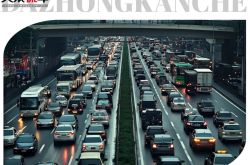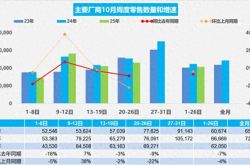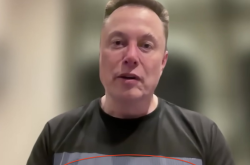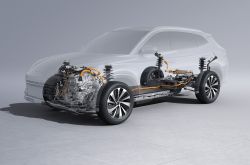Panorama of the Autonomous Driving Industry Chain: A Sci-Fi Epic Unfolding Through Vehicles, Roads, and Clouds
![]() 04/23 2025
04/23 2025
![]() 654
654
Introduction
When vehicles acquire the gift of 'thought', humanity can finally take a well-deserved break!
A decade ago, the notion of 'self-driving cars' would have evoked images from 'Transformers'. Today, however, autonomous driving has seamlessly transitioned from science fiction to reality: Tesla owners munch on melon seeds while their cars 'drive' themselves, Baidu's Robotaxi serenely picks up passengers in Changsha's streets, and unmanned delivery vehicles might soon replace human riders.
Behind this technological revolution lies a fierce 'battle' involving vehicles, roads, and clouds. Automakers compete on hardware, tech firms on algorithms, governments on constructing 'smart roads', and cloud computing giants discreetly tally their profits.
More excitingly, this battle is intertwined with 5G, artificial intelligence, ethical debates, and a myriad of unresolved traffic regulations.
Today, Autonomous Driving News (WeChat public account: Autonomous Driving News) delves into the intricate 'inner workings' of the autonomous driving industry chain, examining where this grand spectacle stands.
(For reference, please click:
Why is investment in the autonomous vehicle industry chain soaring by 2025?)
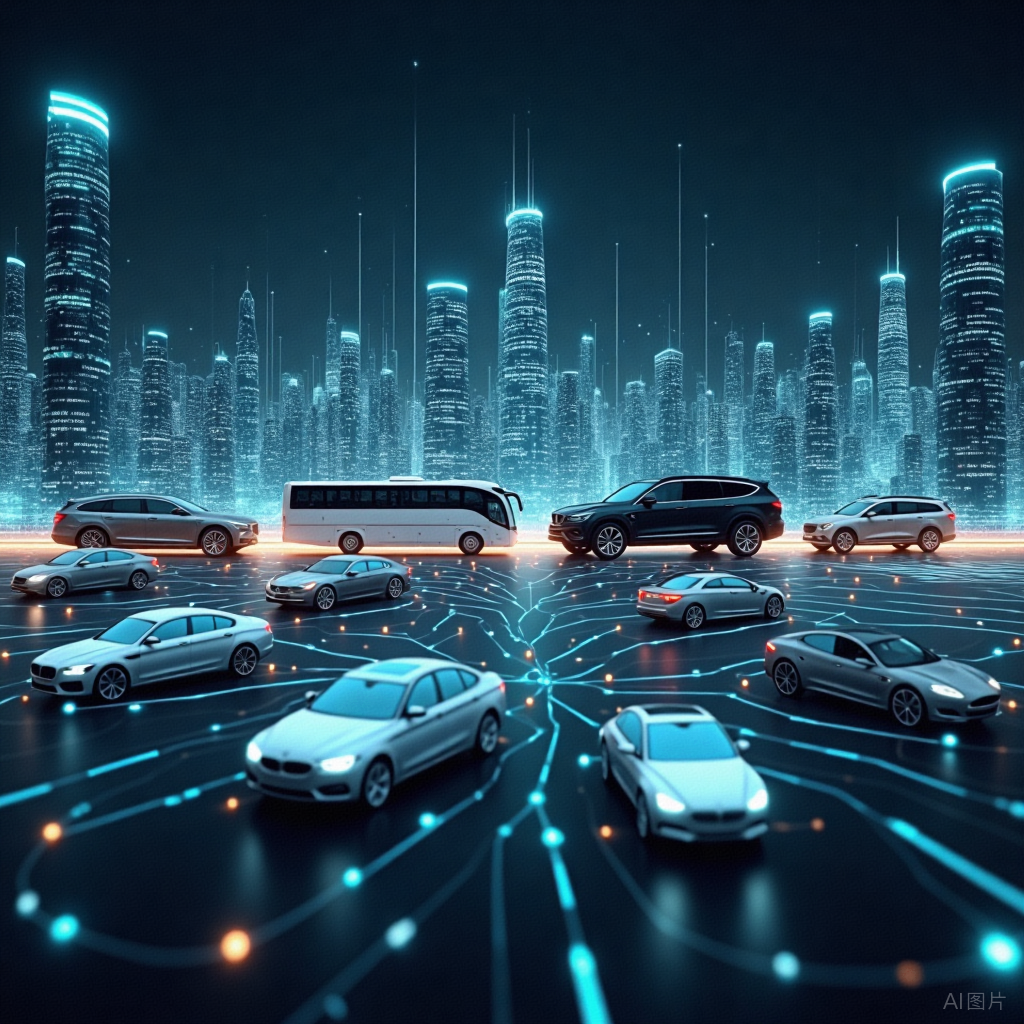
I. Hardware Battleground: The 'Arms Race' Between Automakers and Suppliers
Autonomous driving hardware resembles the 'Weapon Spectrum' in martial arts novels: LiDAR is the Heavenly Sword, cameras the Dragon-Slaying Sabre, and computing power chips the internal martial arts.
Industry insiders emphasize that hardware forms the 'muscle' of autonomous driving!
1. Sensor Battle
LiDAR vs. Camera: Elon Musk of Tesla once proclaimed, 'Anyone relying on LiDAR is foolish!' (Later, he quietly acquired LiDAR patents.)
However, Chinese automakers collectively rolled their eyes: 'Your camera + AI solution mistakes plastic bags for ghosts on rainy days. We won't gamble with our lives.'
In 2023, the global LiDAR market surged by 60%, with Chinese companies like Hesai Technology and Innovusion capturing nearly half the share, while Tesla's vision-only solution had a 23% higher accident rate than the industry average (according to the U.S. NHTSA report).
2. Computing Power Chips
How costly is the 'brain' of an autonomous vehicle?
An L4 autonomous vehicle's computing power demand is roughly equivalent to 150 iPhones, and NVIDIA's Orin chip costs $400 per unit.
Automakers lament while paying: 'This stuff is pricier than gold!'
A particular autonomous vehicle brand once 'crashed' at a complex intersection due to insufficient computing power. Engineers hastily upgraded the chip overnight and later grumbled: 'It felt like my old computer struggling with 'Cyberpunk 2077'.'
II. Software Turmoil: The 'Godly Clash' Among Algorithm Companies
If hardware forms the skeleton, software constitutes the 'soul' of autonomous vehicles – albeit an occasionally fallible one.
Intelligent algorithms, machine learning, deep learning… These cutting-edge technologies endow autonomous vehicles with the capacity to 'think'.
1. High-Precision Maps
The 'electronic tour guide' of autonomous driving: Baidu Maps and Gaode Maps vie to see 'whose navigation understands old drivers better', even marking pancake stalls in alleys.
Yet, here lies the issue: When an autonomous vehicle encounters 'stall here' on the map, it might get chased away by city management and get confused on the spot.
As of 2024, only 30 Chinese cities, including Beijing and Shanghai, have opened high-precision map surveying and mapping qualifications. Tencent faced a 2 million yuan fine for surveying and mapping without a license.
Some netizens quipped: 'This is unlicensed driving in the map world.'
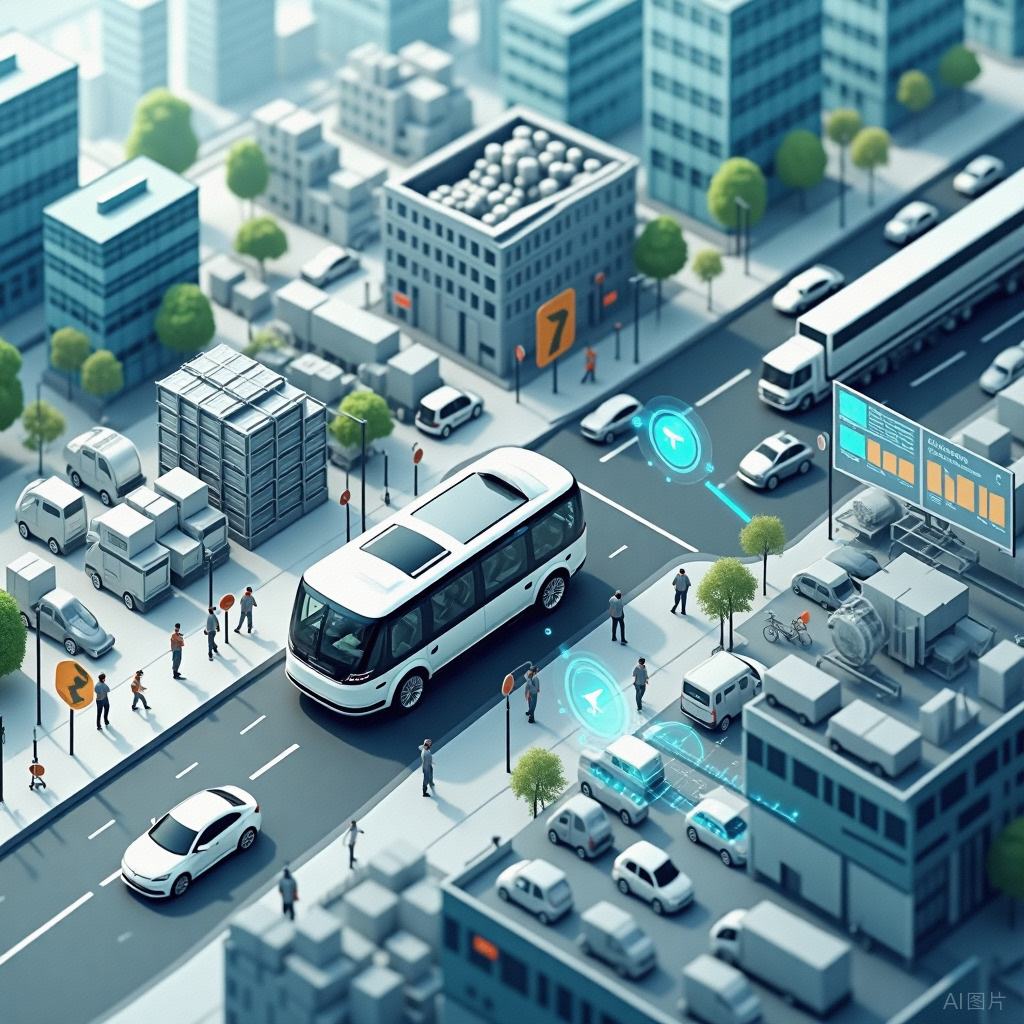
2. AI Ethics
When autonomous vehicles confront the 'trolley problem', programmers engage in heated debates: 'Should we hit the elderly or the child? Should the system consider the passenger's age?'
German Audi engineers simply gave up: 'We prioritize protecting vehicle occupants because… they bought the car.'
A Zhihu user offered a witty comment: 'I suggest installing a voice function in autonomous vehicles. Before hitting something, shout 'damn, I can't stop!' so that humans can take the blame.'
III. Vehicle-to-Road Coordination and Vehicle-to-Cloud: The 'Golden Pair' of Autonomous Driving
In the realm of autonomous driving, vehicle-to-road coordination (V2X) and vehicle-to-cloud (Cloud) are inseparable 'golden pairs' that jointly provide robust support for autonomous driving technology's development.
1. Vehicle-to-Road Coordination: The 'Communicator' Between Vehicles and the Traffic Environment
In essence, V2X enables vehicles to 'communicate' with their surroundings.
Whether it's traffic lights, road signs, other vehicles, or pedestrians, they can all achieve real-time information sharing through V2X technology.
Thus, autonomous vehicles can anticipate road conditions and make more judicious driving decisions.
For instance, in congested road sections, V2X technology allows vehicles to plan optimal routes in advance, averting 'traffic jam anxiety'.
2. Vehicle-to-Cloud: The 'Cloud Brain' of Autonomous Driving
If V2X is the 'communicator' between vehicles and the traffic environment, vehicle-to-cloud serves as the 'cloud brain' of autonomous driving.
It is responsible for storing and processing vast amounts of data, providing robust computing support for vehicles.
Whether it's real-time traffic analysis, driving strategy optimization, or emergency response, vehicle-to-cloud handles it effortlessly.
For instance, in emergencies, vehicle-to-cloud swiftly analyzes the situation and provides the best avoidance plan for the vehicle.
3. Data Comparison:
| Dimension | Vehicle-to-Road Coordination (V2X) | Vehicle-to-Cloud (Cloud) |
|---|---|---|
| Cost per kilometer | 12,000 yuan (equipment + installation) | 35,000 yuan (cloud computing subscription fee) |
| Real-time performance | Latency < 10ms (physical device) | Latency < 50ms (5G network) |
| Applicable scenarios | Urban congested road sections | Highways, uninhabited areas |
IV. 'Heroes' in the Industry Chain: Who Will Prevail?
The prosperity of the autonomous driving industry chain hinges on the concerted efforts of numerous 'heroes'.
From new energy vehicle manufacturers to technology companies, from transportation infrastructure builders to data service providers, every link is vital.
1. New Energy Vehicle Manufacturers: The 'Pioneers' of Autonomous Driving
Tesla, NIO, BYD, Geely, and other new energy vehicle manufacturers undeniably lead the autonomous driving field.
Building on high-performance electric vehicles, they continually propel the implementation of autonomous driving technology.
For example, Tesla's Autopilot system already offers L2-level autonomous driving functions, allowing countless car owners to experience autonomous driving's allure in advance.
BYD's 'Intelligent Driving for All' even extends intelligent driving to models priced below 100,000 yuan.
2. Technology Companies: The 'Unsung Heroes' of Autonomous Driving
Technology firms like Baidu, Huawei, and Alibaba are the 'unsung heroes' in autonomous driving.
They underpin the maturity of autonomous driving technology by developing intelligent algorithms and cloud computing services.
For instance, Baidu's Apollo system has collaborated with multiple automakers to jointly advance autonomous driving technology's commercial application.

Image source: Intelligent Driving Future
3. Transportation Infrastructure Builders: The 'Builders' of Autonomous Driving
Urban planning and infrastructure builders also play a pivotal role in autonomous driving.
They furnish the necessary conditions for establishing an autonomous driving environment, such as constructing intelligent traffic lights and laying dedicated lanes.
These seemingly inconsequential initiatives are actually crucial cornerstones for autonomous driving technology's implementation.
4. Data Service Providers: The 'Navigators' of Autonomous Driving
Companies providing real-time traffic data are the 'navigators' in autonomous driving.
They offer efficient data support for autonomous driving systems by collecting and analyzing traffic information.
For example, navigation software like Gaode Maps and Baidu Maps aids autonomous vehicles in avoiding congested road sections and enhancing travel efficiency by updating traffic information in real-time.
V. Future Trends: The 'Ultimate Dream' and 'Sobering Reality' of Autonomous Driving
1. Commercialization: From 'Demonstration' to 'Profitability'
Baidu's Robotaxi service, Pony.ai, WeRide, and other Robotaxi services in Beijing, Wuhan, Guangzhou, and elsewhere are even cheaper than human taxis, but some users complain: 'Although it's inexpensive, it can't chat.'
Other users remark: I just want to sit quietly and enjoy the journey!
Amazon's unmanned delivery vehicle Scout faced collective complaints from community residents for knocking over trash cans: 'This thing can wreak havoc better than my Husky!'
2. Regulations and Safety
Human stubbornness persists: The state of Arizona once approved autonomous vehicles without steering wheels. However, after an Uber autonomous vehicle killed a person, the state government swiftly changed its stance: 'Put the steering wheel back… and don't remove the safety officer either.'
In summary, Autonomous Driving News (WeChat public account: Autonomous Driving News) believes that in the world of autonomous driving, there are technophiles' ambitions, capital bubbles' exaggerations, and ordinary people's expectations: 'When can I wake up naturally on my way to work?' But fear not – when your car can find its own parking spot, charge itself, and even take orders to earn extra money, remember to send it a red envelope. After all, it might understand the 'working spirit' better than you. What do you think?


